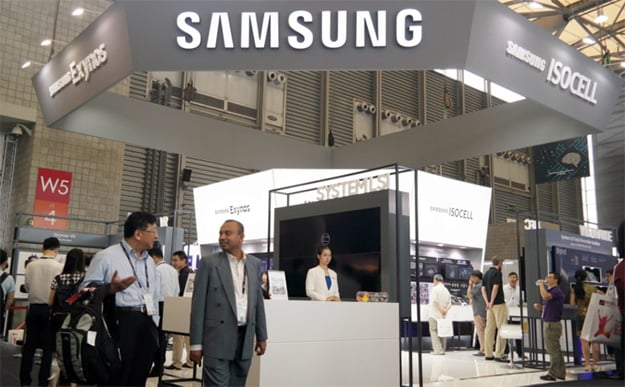Samsung Galaxy Note 8 Could Ship With New ISOCELL Dual Camera Technology

This is not actually Samsung's first foray into image sensors. Samsung first introduced its ISOCELL technology in 2013. What it does is separate each pixel with a physical barrier that reduces unwanted color cross-talk among pixels, which results in high color fidelity. It further allows for high image quality captures even with smaller pixels, as Samsung is quick to point out.
"Samsung ISOCELL is a brand that represents the essence of our leading pixel technologies. We expect the ISOCELL brand to help consumers easily acknowledge and confide in camera performance as well as overall quality of the device," said Ben Hur, Vice President of System LSI marketing at Samsung Electronics. “"With our advanced image sensor technologies, Samsung will continue to bring innovation to cameras used in smartphones and other applications."

There are four ISOCELL sub-brands for different market segments. They include the following:
- ISOCELL Bright sensors deliver bright and sharp images with high color fidelity and reduced noise in low light environments
- ISOCELL Fast sensors provide fast autofocus onto still or moving objects even when dark
- ISOCELL Slim sensors adopt the smallest pixel sizes available in the market at 0.9-1.0um, yet produce high quality images for the slimmest devices
- ISOCELL Dual sensors can be mixed and matched in various combinations on consumer devices to bring about features demanded in the latest dual camera trend
It is also possible that Samsung could ship the Galaxy Note 8 in two versions with different sensors, as it reportedly does with the Galaxy S8 and Galaxy S8+ handsets.
Rumor has it the Galaxy Note 8 will sport a 6.3-inch Super AMOLED Infinity Display with an 18.5:9 aspect ratio, 6GB or 8GB of RAM, at least 128GB of onboard storage, and Android 7.1.1 Nougat. It is also said that the Galaxy Note 8 will be the first flagship smartphone from Samsung with dual rear cameras.

